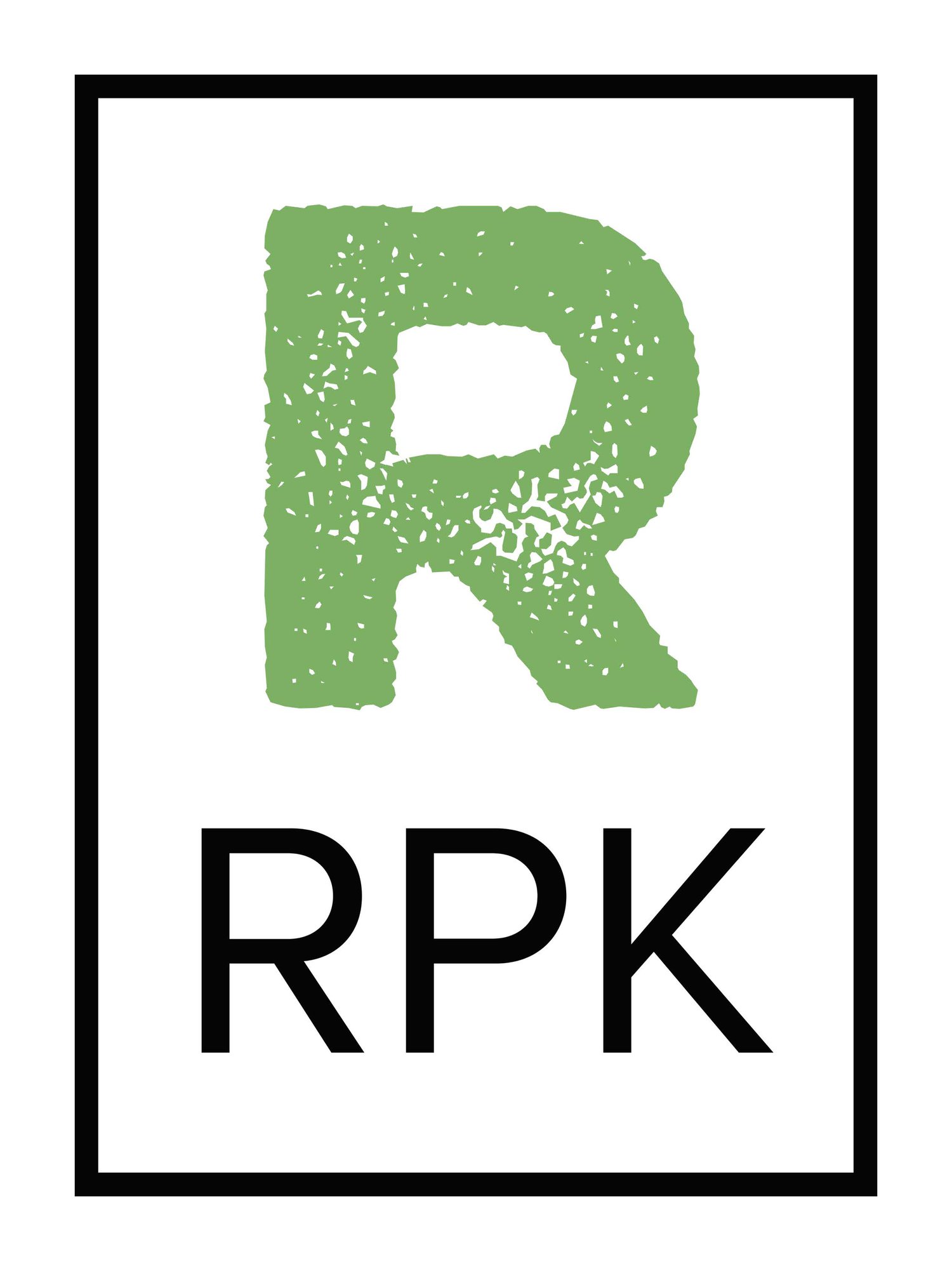Connecting People to Nature and Community: The Role of Connectivity and Aesthetics in Community Trail Design
We are passionate about designing outdoor spaces that promote healthy living and community connections. One of the most effective ways to achieve these goals is through the creation of community trails. Community trails provide a variety of benefits for both individuals and the community as a whole. From a physical health perspective, trails offer a convenient and accessible way for people to engage in regular physical activity. This can help reduce the risk of chronic diseases such as obesity, diabetes, and heart disease. In addition, community trails can serve as a catalyst for economic development. They can attract tourists and visitors to a community, which can increase revenue for local businesses and boost the local economy. Additionally, they can provide new opportunities for outdoor recreation, which can attract new residents and businesses to a community.
1000 Acre Swamp rendering by RPKLA
We are working with The Nature Conservancy to enhance an existing community trail to make it more accessible and engaging for trail enthusiasts. When designing a community trail, there are several key elements that must be considered to ensure the trail is safe, accessible, and enjoyable for all users. These include:
Safety: Safety is of the utmost importance when designing a community trail. This includes ensuring that the trail is well-lit and easily visible, as well as providing clear signage to guide users along the trail. The trail should also be designed with proper drainage and erosion control measures to prevent accidents and damage to the trail.
Accessibility: The trail should be designed to be accessible to all users, including people with disabilities. This includes providing a firm, stable, and non-slip surface, as well as ensuring that the trail is wide enough to accommodate wheelchairs and strollers. Gradients should be designed to be gentle, and any steps or obstacles should be clearly marked and have handrails.
Connectivity: The trail should be designed to connect people to the community and the natural environment. This includes connecting to public transportation, parks, and other important community destinations. The trail should also be designed to connect people to nature by incorporating natural elements such as trees, plants, and wildlife habitats.
Aesthetics: The trail should be designed to be visually appealing and to enhance the natural beauty of the area. This includes incorporating native plants and materials, as well as using creative design elements such as sculptures, artwork, and lighting.
Sustainability: The trail should be designed to be sustainable and to have minimal impact on the environment. This includes using permeable materials to reduce runoff, incorporating natural drainage systems, and using low-maintenance, drought-tolerant plants.
Maintenance and Management: The trail should be designed with regular maintenance and management in mind, including planning for regular cleaning, trash removal, and repairs.
Education and Interpretation: The trail should be designed to provide opportunities for education and interpretation of the natural and cultural resources along the trail. Signage and interpretive elements can be incorporated to provide information about the area's history, geology, and natural features.
1000 Acre Swamp rendering by RPKLA
By considering these key elements, a community trail can be designed that is safe, accessible, and enjoyable for all users while also promoting health, community connections, and environmental stewardship.
Help us make life better outside for you, see how our Landscape Architecture, Sustainable Design & Visualization can suit your needs. Beginning the plan to create a healthy vibrant outdoor green space happens year-round, let us help you transform your neighborhood with a future of environmental and social impact. Please reach out to us to share a new idea or begin a conversation about how we can impact the future of your neighborhood or city for the better.



